Architecture- Renaissance Theater
Name the oldest building where you live built by black people, built defined as financed or designed and constructed
The Renaissance Theatre Building, as it was originally named, opened January 1921. It was built and owned, until 1931, by African Americans.
exterior old
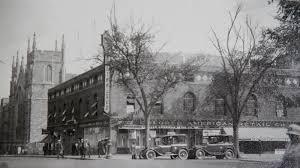
NEWSPAPER NOTICES
New York Age, 22 January 1921, p. 6. Chronicling America.
New York Age, 5 February 1921, p. 5. Chronicling America.
New York Age, 19 February 1921, p. 1. Chronicling America.
article source
https://www.ny1920.com/1921feb-3
The African-American owned and operated firm, The Sarco Realty & Holding Company, Inc., raised the funds for the project by selling shares to the public, initially, in February 1920, at 10¢ a share. Sarco's executive directors were William H. Roach, president and general manager; Cleo Charity (1889–1964), vice-president and treasurer; Cornelius Charity, second vice-president; and Joseph Henry Sweeney (1889–1932), secretary. The other directors were John Blake, Edmund Osborne, Shervington Lee, and Edward B. Lynch. Sarco Realty and the R. Holding Company, of which Roach was also President, purchased the land. Sarco contracted Isaac A. Hopper's Sons to erect the Renaissance Theatre building, at a cost of $175,000. Sarco Realty owned and managed the building until 1931; Sarco Realty also owned and operated the Renaissance Casino and Theatre until 1931.
The Renaissance was designed by Harry Creighton Ingalls, who also designed the Henry Miller and Little Theatres in the Theater District. The design was Moorish with glazed tile and palladian windows. The complex had a ballroom, a billiard parlor, stores, and a restaurant called China House. There was a basketball team known as Harlem Rens. The theater had 900-seats and featured movies by Oscar Micheaux, the first African American to produce feature-length films. It was used by the NAACP for an Anti-lynching movement meeting in 1923.
LETTER FROM WILLIAM ROACH TO WEB DUBOIS
Title:
Letter from William H. Roach to W. E. B. Du Bois
Description:
Inviting Du Bois to a meeting at the Renaissance Casino Building to select directors for the Harlem State Bank. Typewritten on stationery from the Sarco Realty & Holding Company and signed by Roach, President.
Creator:
Roach, William H.
Addressee:
Du Bois, W. E. B. (William Edward Burghardt), 1868-1963
Date:
August 9, 1923
Format:
Letters/Correspondence
Manuscripts
Location:
Special Collections and University Archives, University of Massachusetts Amherst Libraries
Box 023 (shelf locator)
Collection (local):
W. E. B. Du Bois Papers
Series:
Series 1. Correspondence
Subjects:
African American banks
Extent:
1 p.
Link to Item:
https://credo.library.umass.edu/view/full/mums312-b023-i160
Terms of Use:
All rights for this document are held by the David Graham Du Bois Trust. Requests to publish, redistribute, or replicate this material should be addressed to Special Collections and University Archives, University of Massachusetts Amherst Libraries.
Contact host institution for more information.
URL
https://www.digitalcommonwealth.org/search/commonwealth-oai:h128q5597
RENS
Robert ‘Bob’ Douglas was born in the British West Indies on Nov. 4, 1882. According to Naismith Hall of Famer John Isaacs, Douglas’ first sport was soccer and after playing soccer one day, he was invited to watch a basketball game. That day would not only change Bob’s life, but the game of basketball overall.
Douglas’ passion for basketball manifested itself into him wanting to be involved with the sport in any way possible. He eventually found and managed a team named the Spartan Braves, named after the Spartan Field Club. Bob knew his team would need a venue to play in and that’s when he’d meet with William Roach.
William ‘Willie’ Roach was one of the owners and operators of the Renaissance Ballroom and Casino. The venue was fully owned and operated by the Sarco Realty and Holdings Company, Inc., an all African American company. The ‘Renny’ as it was nicknamed, would open its doors in 1921 at the corner of 138th Street and 7th Avenue in Harlem. The ballroom was the only club open to African Americans, even the famous Cotton Club didn’t hold that distinction due to the Jim Crow laws of the time.
“Black Mecca” would host jazz legends like Louis Armstrong, Lena Horne, Billie Holiday, and Ella Fitzgerald. It would even host plays, dances, prize fights, film screenings, and organization rallies. The Renaissance Ballroom was the epicenter of the Harlem Renaissance (known then as the New Negro Movement) of the 1920s and 30s.
In October of 1923, the Spartan Braves would become the Renaissance Big R Five or “Rens” for short, after an agreement between Roach and Douglas to use the venue as their home court. That agreement would eventually be the blueprint for the licensing you see in modern professional sports today. They played (and won) their first game on Nov. 3, 1923 against the Collegiate Five, an all-white team.
The Rens’ first rivals were the Original Celtics, not to be confused with the NBA’s Boston Celtics, out of West New York. They would defeat the Original Celtics on Dec. 20,1925, their first win in five meets. Bob Douglas would eventually start taking the Rens barnstorming, or traveling with the team across the country, for a chance to make more money.
The team traveled sometimes 200 miles to face opponents, Black or white, while sleeping on the bus and eating cold meals due to the lack of facilities that barred them from being occupants due to the discriminatory laws that were in place at the time. These obstacles didn’t stop them from being dominant and in their 1932-33 season, they would have a regular season record of 120-8. They also won 88 consecutive games that season, a feat that hasn’t been matched by any professional sports team.
In 1939, the Rens would win their first (and only) professional championship against the all-white Oshkosh All-Star 34-25 in the World Professional Basketball Tournament. The team compiled a record of 2588-529 from their inaugural season in 1923 until their move to Dayton, Ohio in 1948.
The Dayton Rens would be short-lived as they disbanded in 1949 when the National Basketball League merged with the all-white Basketball Association of America to become the then-segregated National Basketball Association. Many former Renaissance players went to be enshrined into the Naismith Basketball Hall of Fame, including Pop Gates, who with William ‘Dolly’ King helped integrate the NBL, the predecessor to the NBA.
The 1932-33 New York Renaissance were collectively inducted to the Naismith Basketball Hall of Fame in 1963 in recognition of their historic 88 game win streak. Robert Douglas was enshrined into the Naismith Basketball Hall of Fame as a contributor to the game of basketball on Feb. 5, 1972, the first African American ever to be individually enshrined.
In the 21st century, the team’s history was the subject of the 2011 documentary, On the Shoulders of Giants: The Story of the Greatest Team You Never Heard Of, a film written and produced by six-time NBA champion and legendary center Kareem Abdul-Jabbar. The Rens are also the inspiration behind the EYBL team of the same name, ensuring that the legacy of what Bob Douglas started 101 years ago inspires generations to come.
URL
https://sacobserver.com/2024/03/the-father-of-black-professional-basketball/
PHOTOS BEFORE DEMOLITION
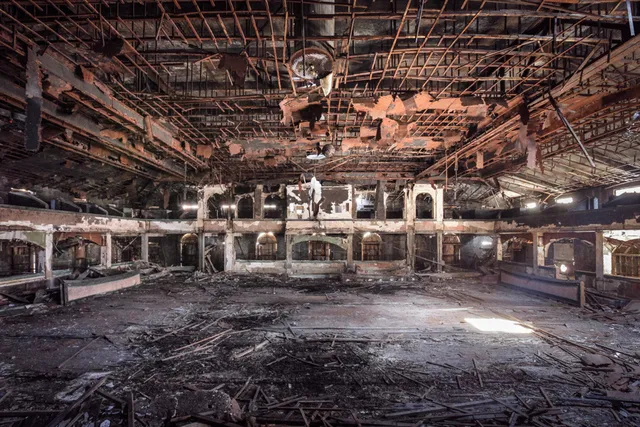
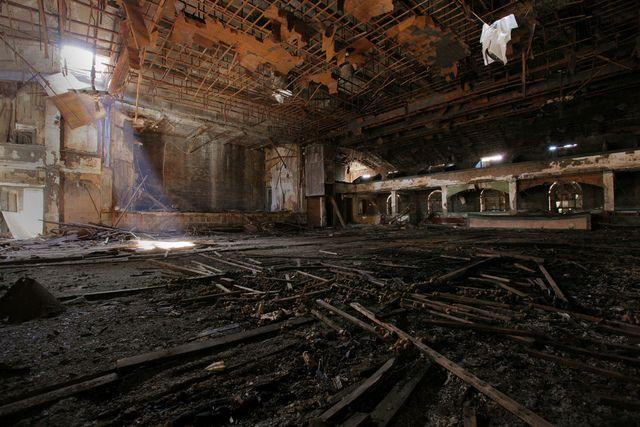
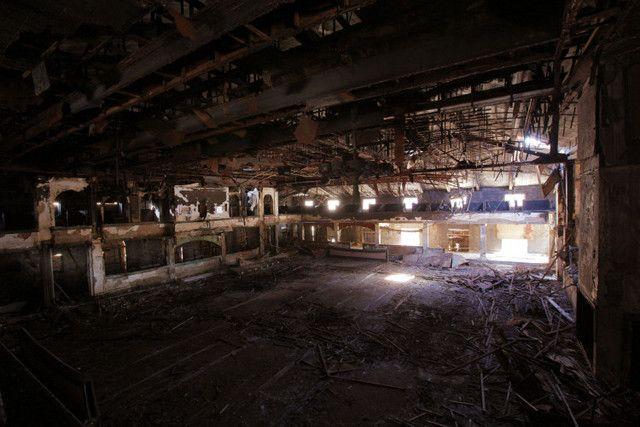
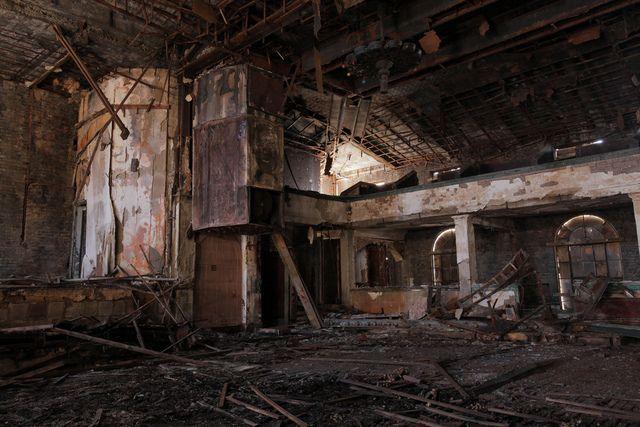
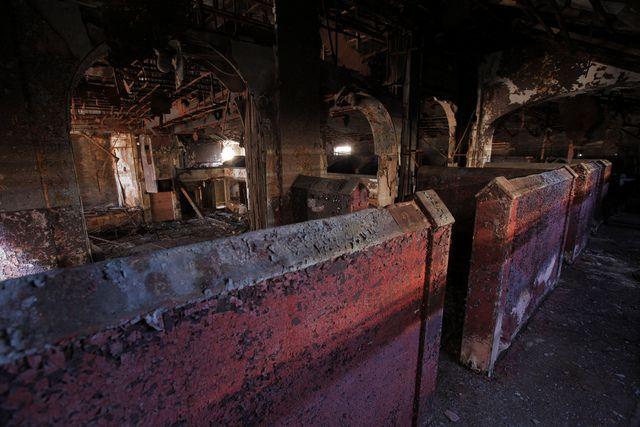
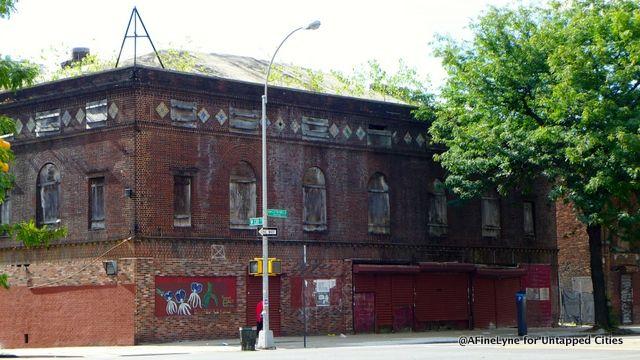




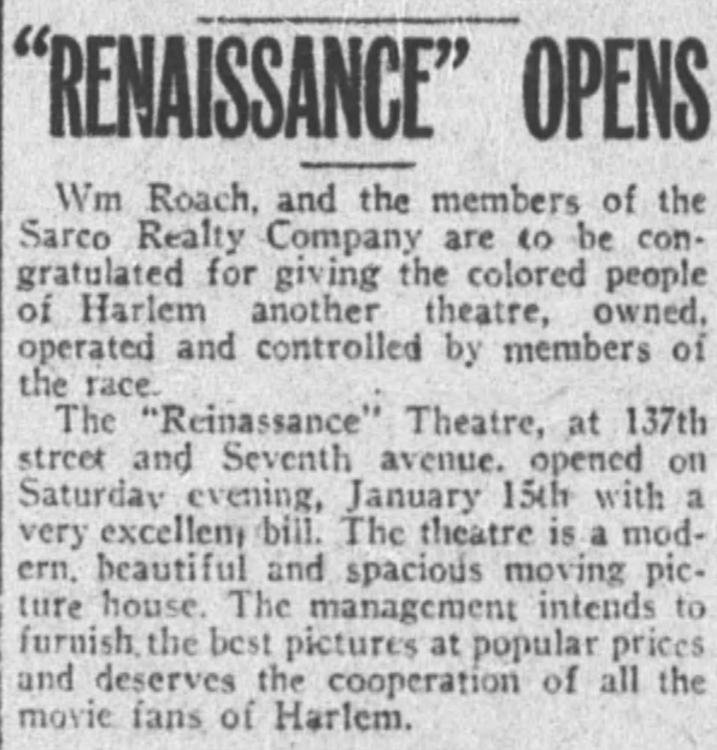
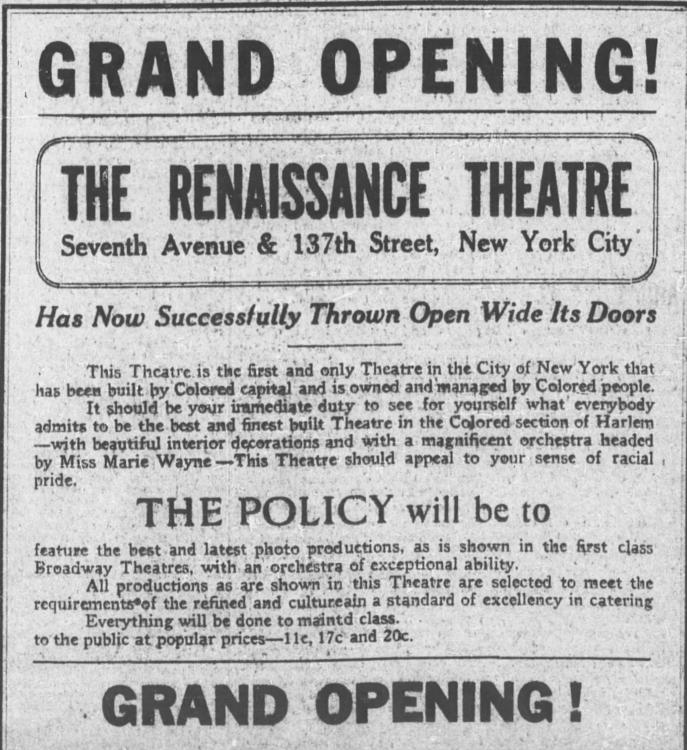

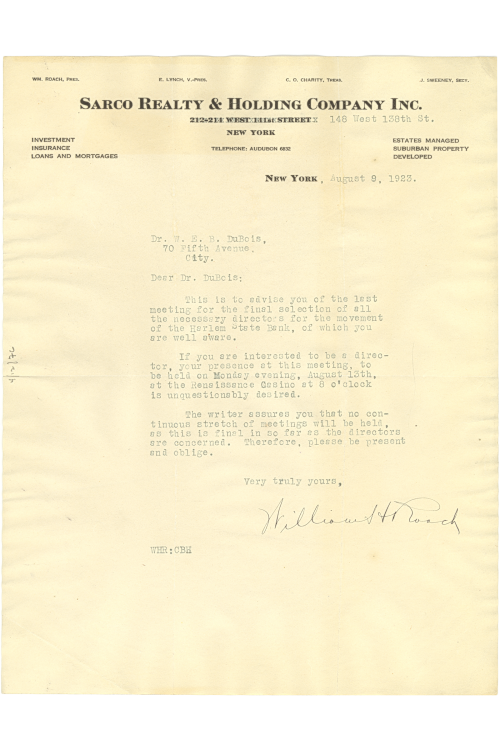
0 Comments
Recommended Comments
There are no comments to display.
Join the conversation
You are posting as a guest. If you have an account, sign in now to post with your account.
Note: Your post will require moderator approval before it will be visible.